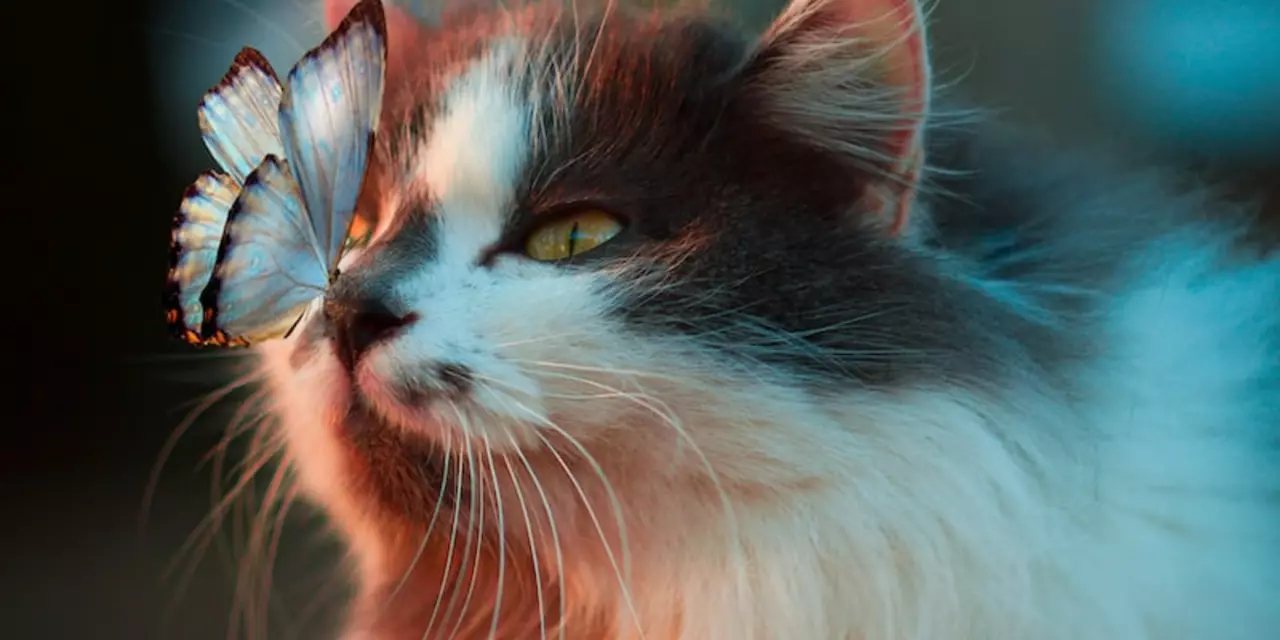Performance: What Makes a Show Stand Out and How You Can Do It Too
When you watch a great performance you feel the rush of adrenaline, the wow of a stunt, or the laughter of a perfect joke. It’s that moment when skill, timing and emotion click together. On this page we break down why some shows grab you and give simple ways you can bring that magic to your own act.
What makes a performance unforgettable?
First off, a clear story matters. Whether you’re on a trapeze or on a stage singing a Beijing opera aria, the audience needs a thread to follow. The story gives the tricks purpose – a high‑fly flip isn’t just a flip when it shows a character’s bravery.
Second, contrast keeps eyes glued. Switching from a quiet, graceful movement to a burst of power creates drama. Think of a circus clown slowing down a juggling routine before launching a rapid cascade of balls – the pause makes the speed feel bigger.
Third, the performer’s authenticity shines through. Audiences can smell a fake smile. When a acrobat shows genuine focus, or a magician admits a small slip, viewers feel connected and stay engaged.
Finally, the setting amplifies the act. Lighting, music and even the venue shape the mood. A dimly lit stage with soft strings can make a balletic routine feel intimate, while bright spotlights and a pounding drum line pump up a high‑energy aerial show.
Tips to boost your own performance skills
1. Practice the story first. Write a one‑sentence description of what you want people to feel. Rehearse with that line in mind, and let every move support it.
2. Play with tempo. Mix slow, controlled moves with quick bursts. Use a metronome or music with clear beats to train switches.
3. Record and review. Watch yourself on video. Spot moments where you look stiff or where the audience’s reaction would dip.
4. Train your body for safety. Strong core, flexible joints and regular conditioning prevent injuries, especially for high‑impact tricks like triple somersaults.
5. Engage the crowd early. A quick greeting, a funny comment, or an eye‑contact moment builds rapport before the main act starts.
Putting these ideas into practice doesn’t mean you need years of professional training. Even a beginner can add a story beat to a simple hand‑stand or use a soundtrack to highlight a routine. The key is to treat every performance as a tiny show, not just a set of moves.
So next time you step onto a platform, remember: a great performance is part skill, part story, part heart. Blend them, test them, and watch your audience react with the same excitement you felt watching the circus, a Beijing opera, or a daring acrobatic display.
